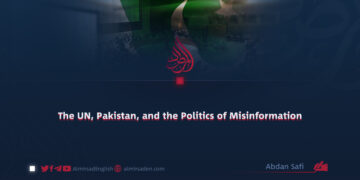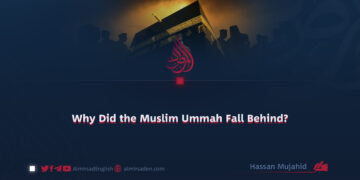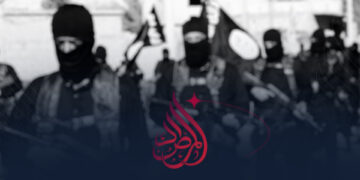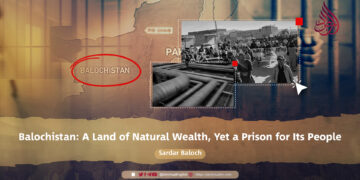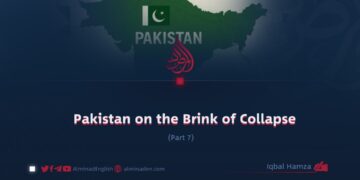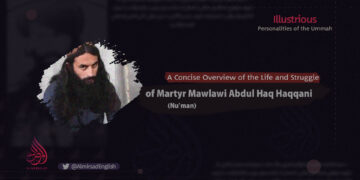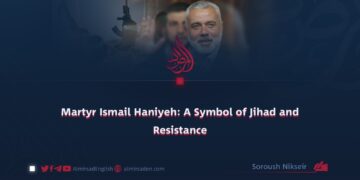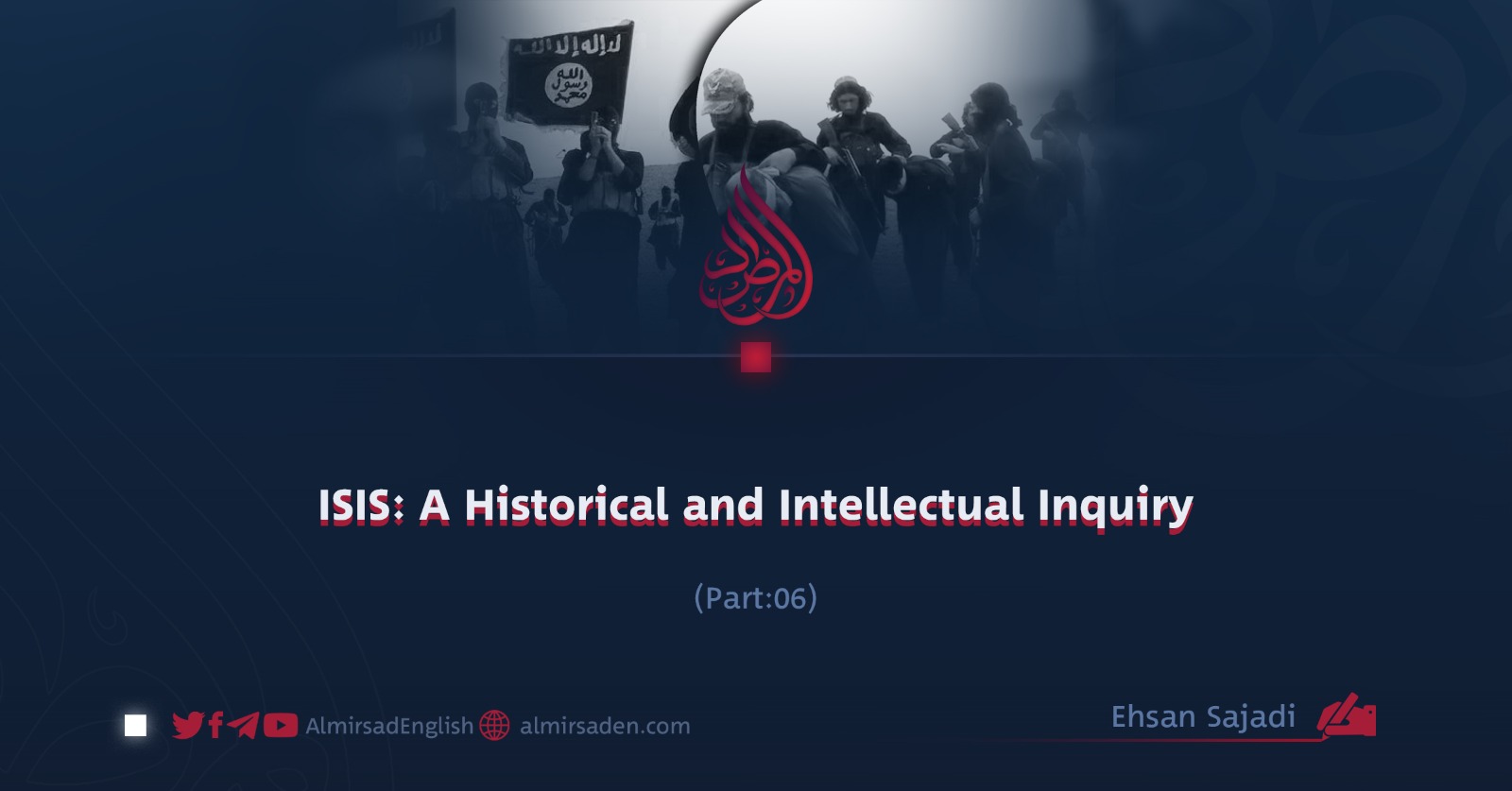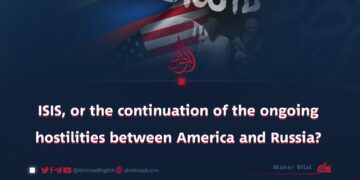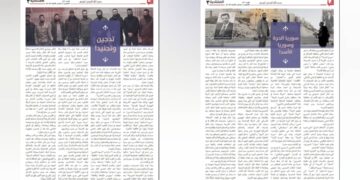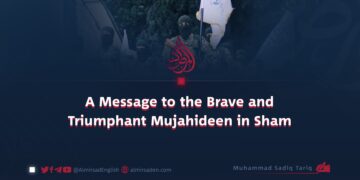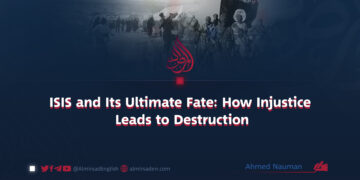Part 6
Ehsan Sajadi
ISIS and the Use of Modern Technology
A Comprehensive Analysis of Hidden Western Ties and Their Impact on the Islamic World
The Takfiri Kharijite group known as ISIS, which falsely claimed to defend Islam, paradoxically became one of the most sophisticated and systematic users of modern Western communication technologies. This glaring contradiction reveals deeply troubling realities that call for serious scholarly investigation. This article presents a comprehensive analysis of ISIS’s exploitation of modern technology and its far-reaching consequences for the Islamic world.
In the contemporary era, where technology has become an inseparable component of human existence, ISIS demonstrated how scientific progress can be manipulated for destructive, inhumane, and anti-Islamic purposes. While persistently issuing anti-Western slogans and calling for a return to the way of the righteous predecessors (Salaf al-Salih), ISIS was, in practice, entirely dependent on tools and platforms developed in the West. Social media networks such as Twitter, Facebook, YouTube, and Instagram became the primary instruments of their propaganda machinery.
Utilizing advanced digital tools, ISIS produced professionally edited and visually striking videos that promoted a completely distorted, violent, and sensationalized version of Islam. The technical quality of these media productions, ranging from cinematography and lighting to sound engineering, led many experts to suspect that Western professionals were either supporting or directly involved in their creation. These productions often met, and at times surpassed, global cinematic standards.
Ironically, while ISIS adopted cutting-edge media and communication tools for its own purposes, it simultaneously sought to eradicate even the slightest traces of modernity within the territories under its control. Civilians were often prohibited from using basic technologies. Meanwhile, ISIS operatives extensively employed encrypted communication applications such as Telegram, Signal, and other Western-developed platforms to coordinate their violent operations. These applications became essential instruments in planning and executing inhumane acts.
The contradiction was stark. The group that vocally denounced the West relied heavily on Western products and technologies. Investigative reports revealed that senior ISIS commanders even used online gaming platforms and encrypted chats to maintain global communication with their followers and field units. This blatant hypocrisy exposed their true nature. Technology was not employed for education, development, or humanitarian progress, but rather for surveillance, manipulation, and terror.
Equally alarming was the group’s double standard. While ISIS leaders freely utilized modern tools for their agenda, they banned the general population from accessing the same. This behavior highlights their systematic use of technology not as a means of empowerment, but as a weapon of psychological control and oppression. It laid bare the manipulative and contradictory ideology of the group.
An examination of ISIS’s financial operations further reveals that a significant portion of its revenue was directed toward acquiring modern military and communication equipment. These funds, sourced through oil smuggling, extortion, kidnapping for ransom, and the illicit sale of antiquities, enabled ISIS to purchase high-end gear while the local population under its control endured acute shortages of food, medicine, and basic necessities.
The consequences of ISIS’s technological exploitation were deeply damaging to the Islamic world. By abusing cyberspace, ISIS projected an image of Islam that was utterly false, marked by extremism, brutality, and injustice. This misrepresentation contributed to a growing wave of Islamophobia and pushed many curious or sympathetic individuals, especially youth in the West, away from Islam. The so-called Islamic governance model promoted by ISIS was, in reality, a regime steeped in injustice, repression, and crimes against humanity. Rather than attracting admiration, it inspired revulsion and fear.
Equally troubling is the passive, or at times complicit, attitude of Western powers. While Western tech companies had the capability to swiftly shut down ISIS accounts and block their content, action was often delayed or insufficient. Some analysts argue that this tolerance was deliberate, as Western governments saw strategic value in allowing ISIS to persist as a destabilizing force, particularly in the Middle East, where the group could be manipulated to serve broader geopolitical agendas.
In conclusion, the ISIS experience provides critical lessons for the Islamic world. It exposes how enemies of Islam can exploit modern technology to distort the faith from within and manipulate public perception globally.
Muslims must remain vigilant, informed, and proactive. Understanding that technology, while powerful, can be weaponized against their values and beliefs if left unguarded. Awareness, unity, and intellectual resistance are essential in confronting such deceptive threats and safeguarding the authentic image of Islam.



